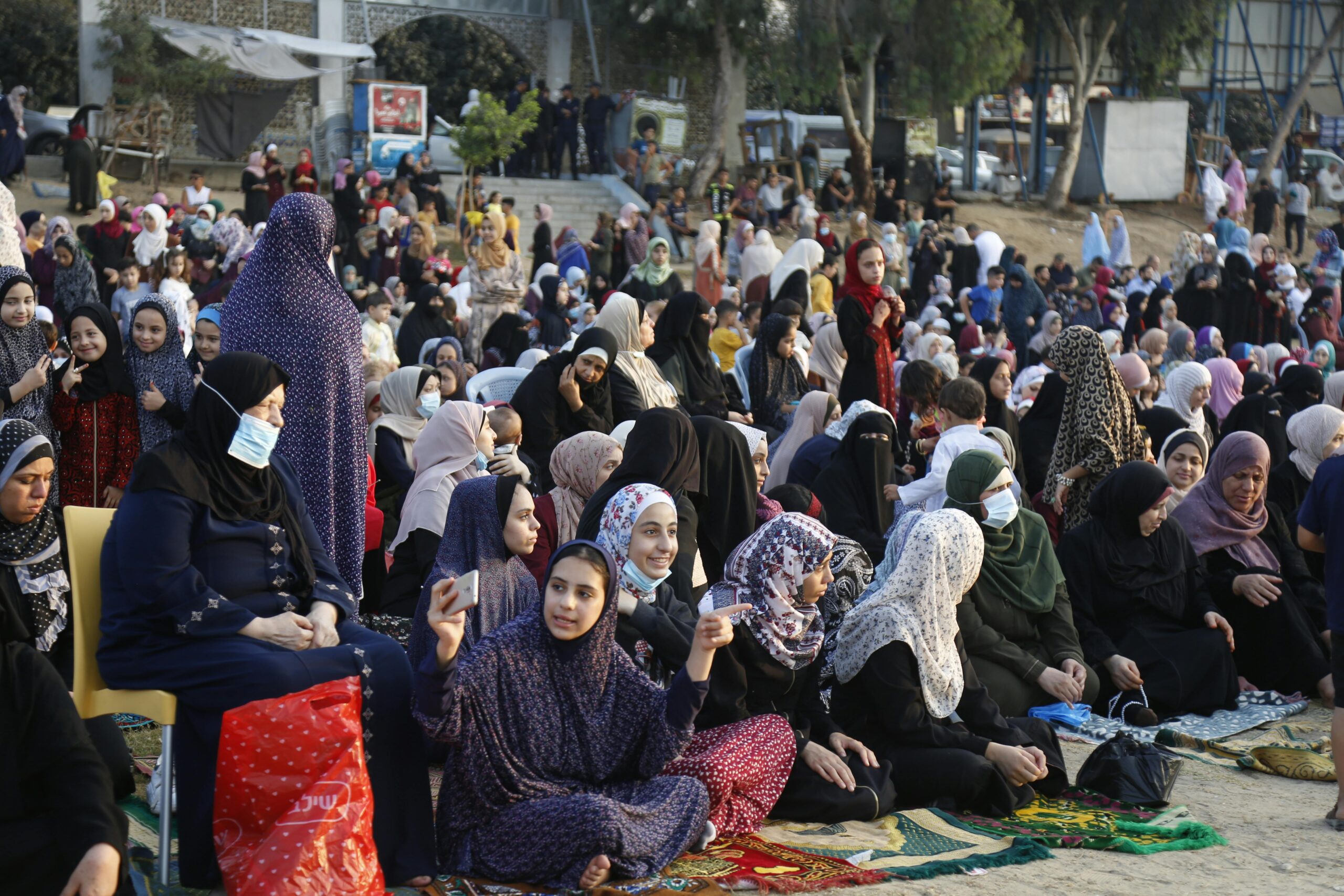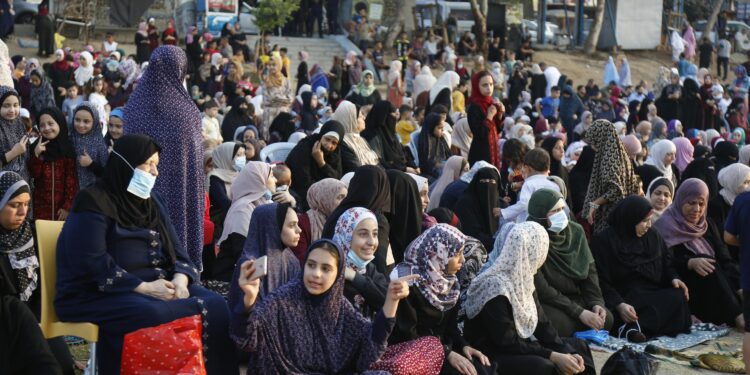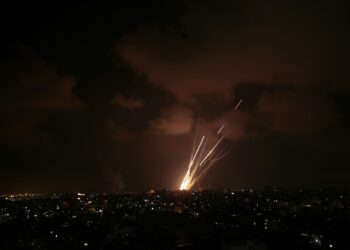The Israeli military has announced plans to relocate Gaza residents to southern Gaza as fighting in Gaza City continues to intensify. The military said tents and shelter equipment will be provided starting Sunday, in preparation for moving civilians out of what it calls “combat zones.”
This announcement comes as Israel prepares a new offensive in Gaza City, raising concerns internationally about the humanitarian situation in the enclave, home to around 2.2 million people. Prime Minister Benjamin Netanyahu said residents will be evacuated to “safe zones” before the operation begins.
Relocation Plan for Gaza Residents
The Israeli military said the relocation of Gaza residents to southern Gaza will be carried out with support from the United Nations and other aid agencies. Supplies will be delivered through the Kerem Shalom crossing after inspection by Israeli defense officials.

However, the military did not clarify whether the relocation will include the estimated one million people still in Gaza City or whether Rafah, near the Egyptian border, will be the main site of resettlement. This uncertainty has raised more questions than answers about how “safe” these areas will truly be.
Offensive in Gaza City and Civilian Concerns
Defence Minister Israel Katz said plans for the new offensive in Gaza City are still being developed. Yet, residents already report heavy Israeli bombardment on the city’s outskirts, including Zeitorun and Shejaia. Homes have been destroyed, and families displaced.
On Friday, the Israeli military confirmed that it had started operations in Zeitun aimed at destroying tunnels and eliminating Hamas fighters. Netanyahu has described Gaza City as Hamas’ “last stronghold” and insists that clearing the area is a necessary step.
But for many observers, relocating Gaza residents to southern Gaza does not guarantee safety. Southern towns, including Rafah, have previously been targeted during the conflict. This raises doubts about whether the new “safe zones” will truly protect civilians or simply shift the suffering elsewhere.
War Toll and Public Protests
The war began when Hamas attacked southern Israel on October 7, 2023, killing 1,200 people and taking 251 hostages, according to Israeli authorities. Israel says about 20 hostages are still alive. In response, Israel launched a large-scale assault on Gaza, which Gaza’s health ministry says has killed more than 61,000 Palestinians.
The conflict has created a hunger crisis, displaced most of Gaza’s population, and left much of the enclave in ruins. Across Israel, protests demanding a hostage release and an end to the war are growing. Businesses and universities have announced strikes as part of Sunday’s demonstrations.
Negotiations and Stalemate
Talks mediated by Egypt and Qatar, with U.S. backing, aimed at a 60-day ceasefire and hostage release collapsed last month. Since then, both sides have refused to back down. Israel insists on pushing ahead with its Gaza City campaign, while Hamas demands guarantees before making concessions.
This deadlock has left ordinary people on both sides to pay the price. The relocation of Gaza residents to southern Gaza may appear to be a humanitarian step, but many see it as another stage in a war that has already taken too many lives.
Relocating Gaza Residents Raises More Questions
The Israeli military’s plan to relocate Gaza residents to southern Gaza highlights both the scale of the humanitarian crisis and the controversial path Israel has chosen in its war strategy. While officials describe the move as a step to protect civilians, many fear that the so-called “safe zones” will not remain safe for long.

















